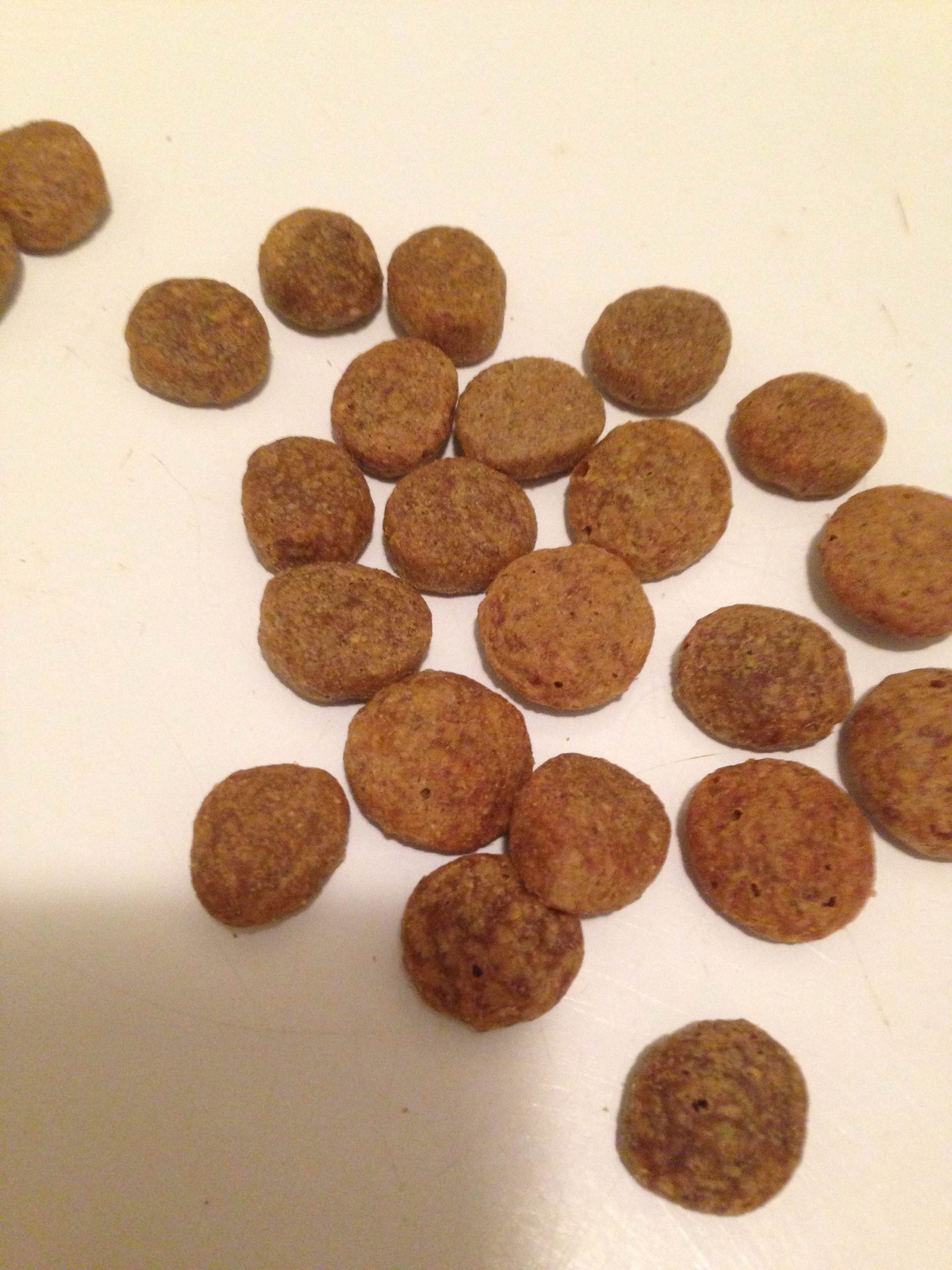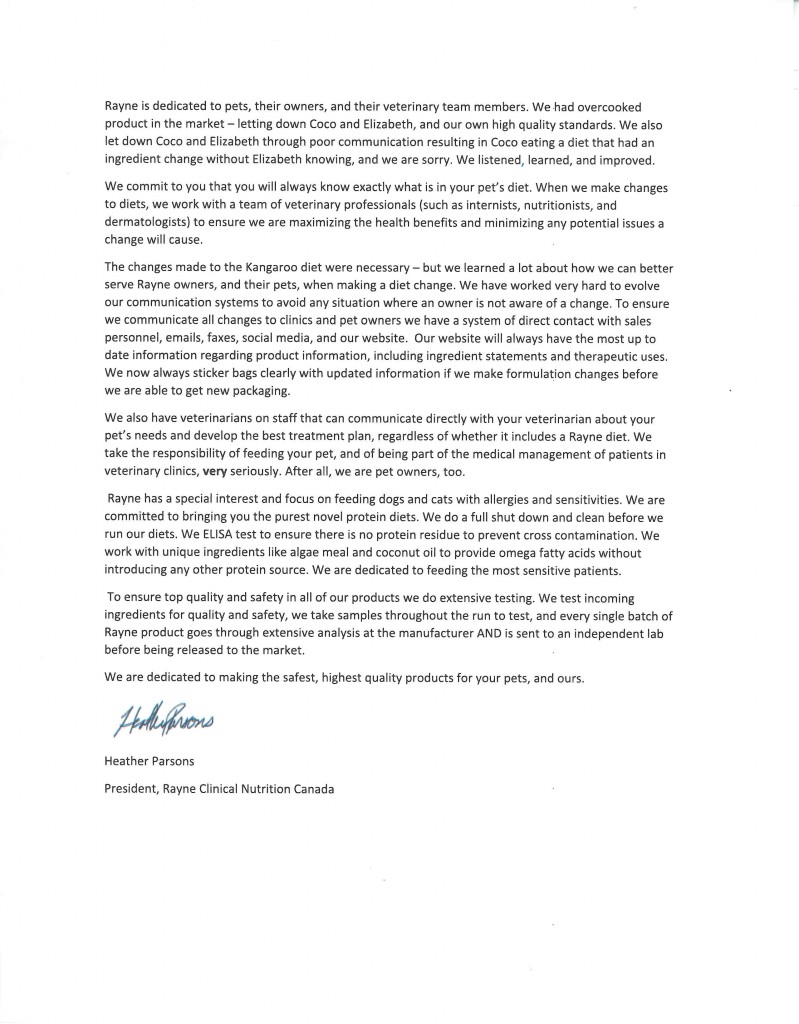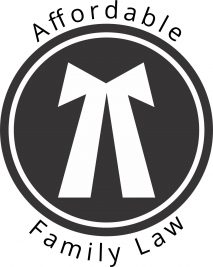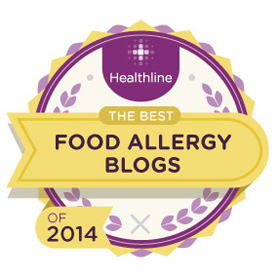 Earlier this summer, I noticed that my dog Coco was not well. She had seemed low energy for several days, then she threw up, and a couple of days later she refused food and water. I went outside to check her stools, and some of them were as skinny as my baby finger, instead of as thick as my thumb. She hadn’t had a bowel movement that day. She fasted until mid afternoon, then finally ate her breakfast and had a bowel movement, though it was abnormal. She began to eat A LOT of grass, and her stomach was quite noisy with gas.
Earlier this summer, I noticed that my dog Coco was not well. She had seemed low energy for several days, then she threw up, and a couple of days later she refused food and water. I went outside to check her stools, and some of them were as skinny as my baby finger, instead of as thick as my thumb. She hadn’t had a bowel movement that day. She fasted until mid afternoon, then finally ate her breakfast and had a bowel movement, though it was abnormal. She began to eat A LOT of grass, and her stomach was quite noisy with gas.
I asked my vet if she could please check into the 8 kg bag of Rayne Clinical Nutrition dog food (the first time we’re had that larger bag size), as I had noticed the kibble had varying sizes and colours in it, not the uniform bites we’re used to. To back track, my dog eats Rayne Clinical Nutrition low fat/novel protein dry food – KSP (made primarily of kangaroo and sweet potato) as she needs novel protein due to food allergies. We had always bought smaller bags, and the product in this larger bag seemed “off” due to the striking variety of colours (darker mixed in with normal) and sizes (larger mixed in with normal).

Given that Rayne kangaroo special protein diet is for dogs with extremely sensitive stomachs or other health issues making them vulnerable, I was shocked to learn from my vet that the Rayne veterinary nutritionist confirmed that the formula of Coco’s food had changed and should have been introduced slowly. Coco had been eating pea protein, which she’d never been exposed to before, and this change of ingredients was not disclosed on the bag. Can you imagine if one of my kids were allergic to pea? It would have been right in our home in the dog’s open bowl, to be licked onto their faces or picked up by unsuspecting hands. In response to my vet’s inquiry, she was provided with this announcement flyer, but neither she nor her staff had been notified previously of this change in formula.
To make matters worse, the flyer explains that the varied colour of the kibble was due to to scorching, but the product was packaged for sale despite this. I was informed that the addition of pea protein and consequent scorching may have affected the smell/mouth feel of the diet and this may have accounted for the inappetance that occurred with Coco. The Rayne veternarian noted how observant I am and that “These are sensitive patients that eat this diet!” I find it peculiar that she made much of me being observant and Coco being sensitive. Of course Coco is sensitve, or she wouldn’t be eating that food….
Ugh! They should have told us about this change, for example with a bold notice on the bag. Of course we would have introduced the new Rayne food slowly as they write “Ideally a diet transition in a sensitive pet is performed over 5-7 days of gradually adding in the new diet to the old and monitoring.” (I actually introduce new food 1/8 of a cup at a time over about 10 weeks). Instead, I gave Coco 100% new food abruptly for two full weeks without even knowing it and upset her stomach very badly. My vet shared my disappointment that Rayne made a change, but didn’t alert the consumer (or the vet, for that manner!).
Specifically, there has been a change to the Kangaroo Special Protein KSP diet and any bags with an expiry of June 21, 2015 (or later) on the 8 kg bags will have the new formula in it. The ingredients list on the bag of Rayne I have with that expiry date says nothing about peas. I compared the ingredients lists (old bag and new) when I started this bag, since the kibble looked different, but the ingredients list has not been updated. It appears that they’re using up their old packaging, which is a common but dangerous practice. The Rayne website also hasn’t been updated to disclose this information. The change in formula also affects the 4 kg bags with an expiry date of August 4, 2015 or later.
Here is the new ingredient list, which I obtained from a flyer provided to me during this process. The new ingredients are in orange. I actually just noticed as I wrote this piece that Coco’s also eating sunflower seeds now, which are new to her:
Ingredients:
Dry 1 cup/105 g = ~342 kcals
Potato, kangaroo, pea protein, peas, sunflower seeds, dried ground sweet
potato, potato protein, natural flavour, coconut oil, calcium carbonate, sunflower
oil (preserved with Vitamin E from mixed tocopherols), sea salt,
fructooligosaccharides, vitamins and minerals, taurine.
I have been informed that the next run of food will also contain chick peas, in addition to pea protein. I was given a complimentary bag of Rayne food with a different date code and it too had the dark/light/large/small scorched kibble. I confirmed with the brand representative that it too contains pea protein, and again, there is no mention of peas on the ingredients list. I will continue to check with the brand representative for each bag I buy so that I’m alerted when chick pea is brought into the formula, to ensure that I don’t inadvertently change Coco’s diet abruptly again.
I find it shocking and extremely disappointing that I need to take these steps to proactively protect my dog from the actions of Rayne Canada, a company supposedly dedicated to clinical nutrition for the most sensitive pets. They’re clearly not living up to their motto of Quality, Passion, and Transparency.
UPDATE: We now have a bag of Rayne KSP with a date code of August 26, 2015, and my vet confirmed with the Rayne veterinarian that it does contain chick pea. The ingredient list still has not been updated on the packaging, which is extremely unfortunate.
UPDATE 24 March 2015:









